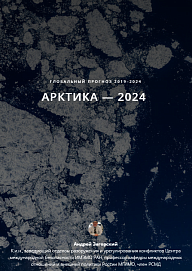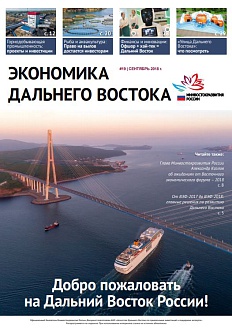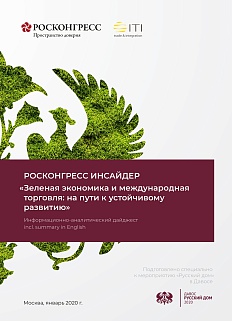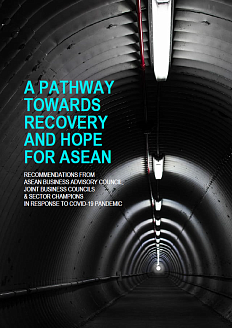RIAC FORECAST 2019–2024: ARCTIC 2024

The political and military situation in the Arctic will remain stable and predictable. However, some circumstances may hinder international cooperation in the region. First and foremost, these circumstances include the issue of defining the limits of the continental shelf in the Arctic Ocean and possible entanglement of the Arctic in the arms race.
It must be noted that the issue of the limits of the continental shelf will hardly be settled in the near future because presentations of the coastal states to the Commission on the Limits of the Continental Shelf take considerable time to be reviewed.
In any case, international cooperation in the Arctic will have to face a test of strength. Due to the specifics of the current political situation, Russia will attach particular importance to the task of preventing the crisis between Russia and the West from having an adverse effect on the Arctic region.
Anlytics on the topic

The September issue of the monthly official bulletin of the Ministry for Development of the Russian Far East was published on the threshold of the Eastern Economic Forum 2018 (EEF 2018) and gives a digest of news relating to the life and economic development of the Russian Far East for the period from EEF 2017 to EEF 2018.

Did you know that the United States has are more than 155,000 public water systems? With so many different systems, it becomes inevitable to wonder where our drinking water actually comes from and how safe it is. Even though there have been some incidents that have dented the confidence of US residents in the water that comes out of their taps, public water in the US is relatively safe. In 2019, the United States Environmental Protection Agency (EPA) Administrator, Andrew Wheeler, noted that 92% of public water systems meet safe water standards.

The Report was prepared for the Russia House at the World Economic Forum Annual Meeting in Davos in January 2020. Based on the analysis of foreign sources, the key issues on the agenda of the Meeting are revealed: approaches to overcoming environmental problems and ways of sustainable business transformation.

A research of the ASEAN Business Club is dedicated to the measures that the Association needs to implement for the economic recovery during and after the COVID-19 pandemic. It describes the trends that have emerged during the pandemic in whole world and in ASEAN countries in particular, which influence the current economic development and will affect the economy and international trade in the future.

